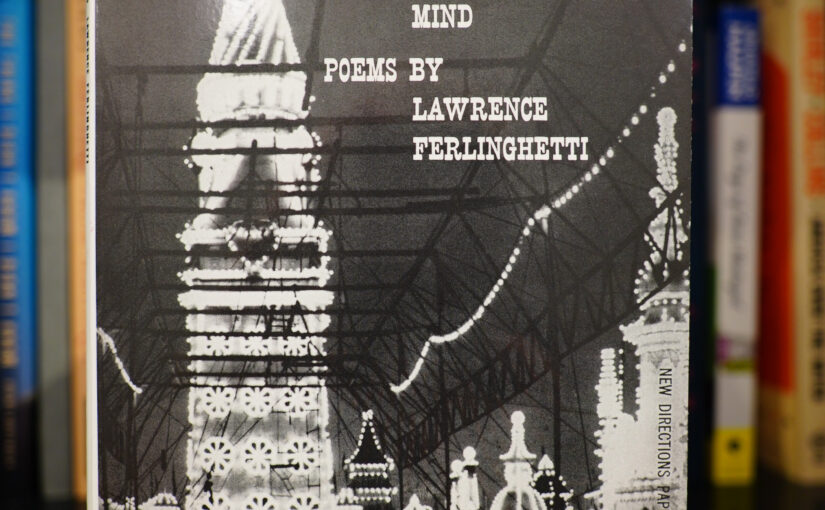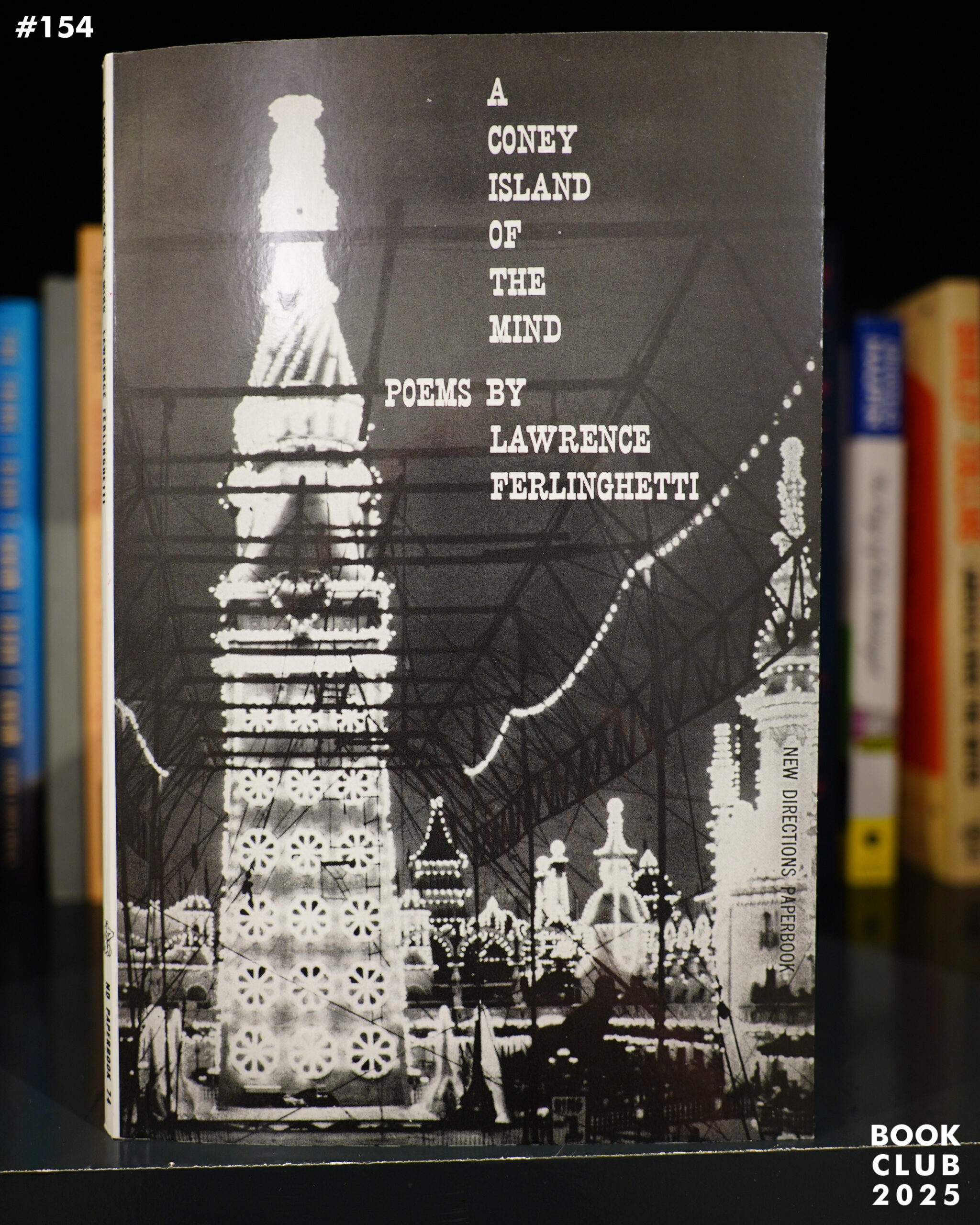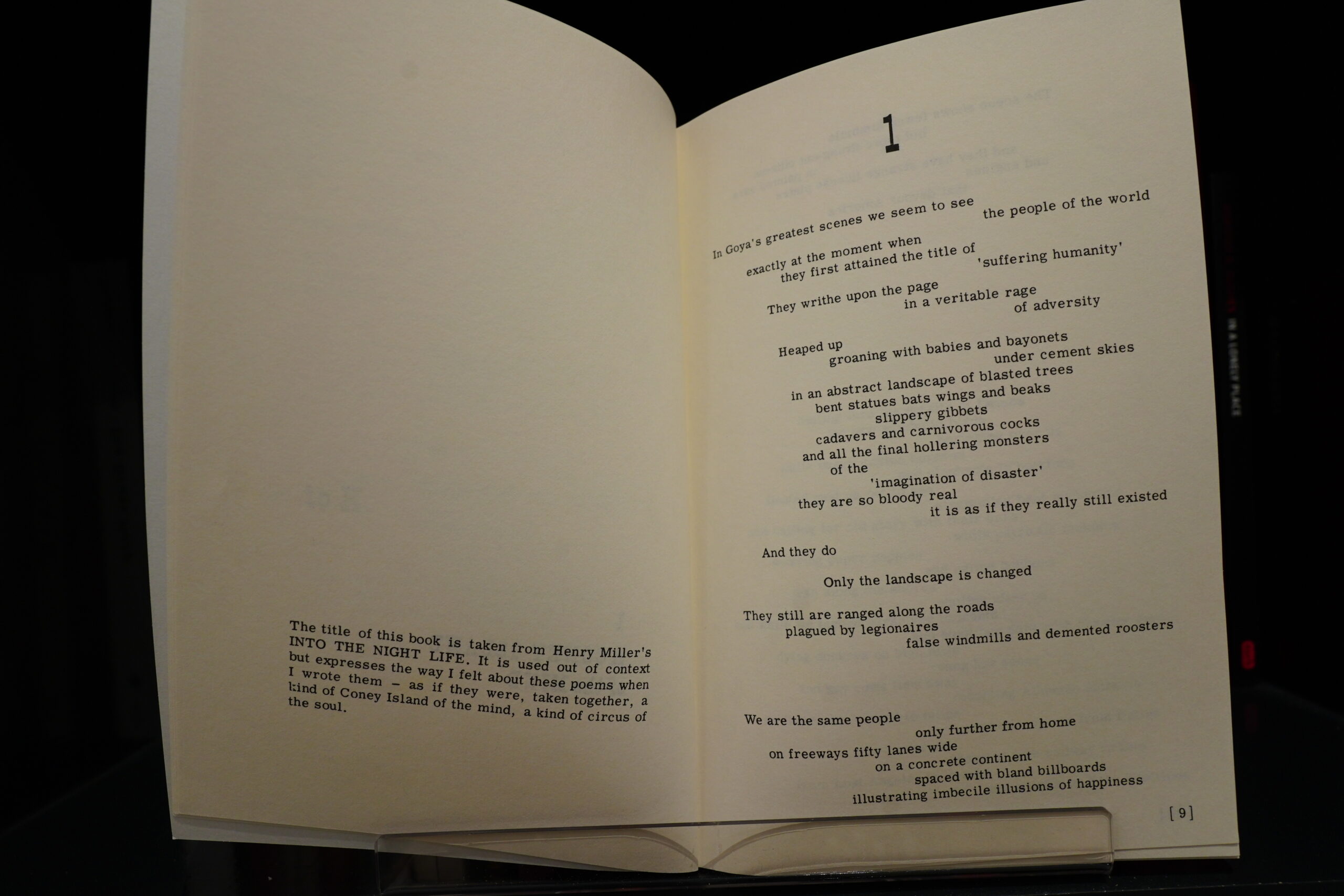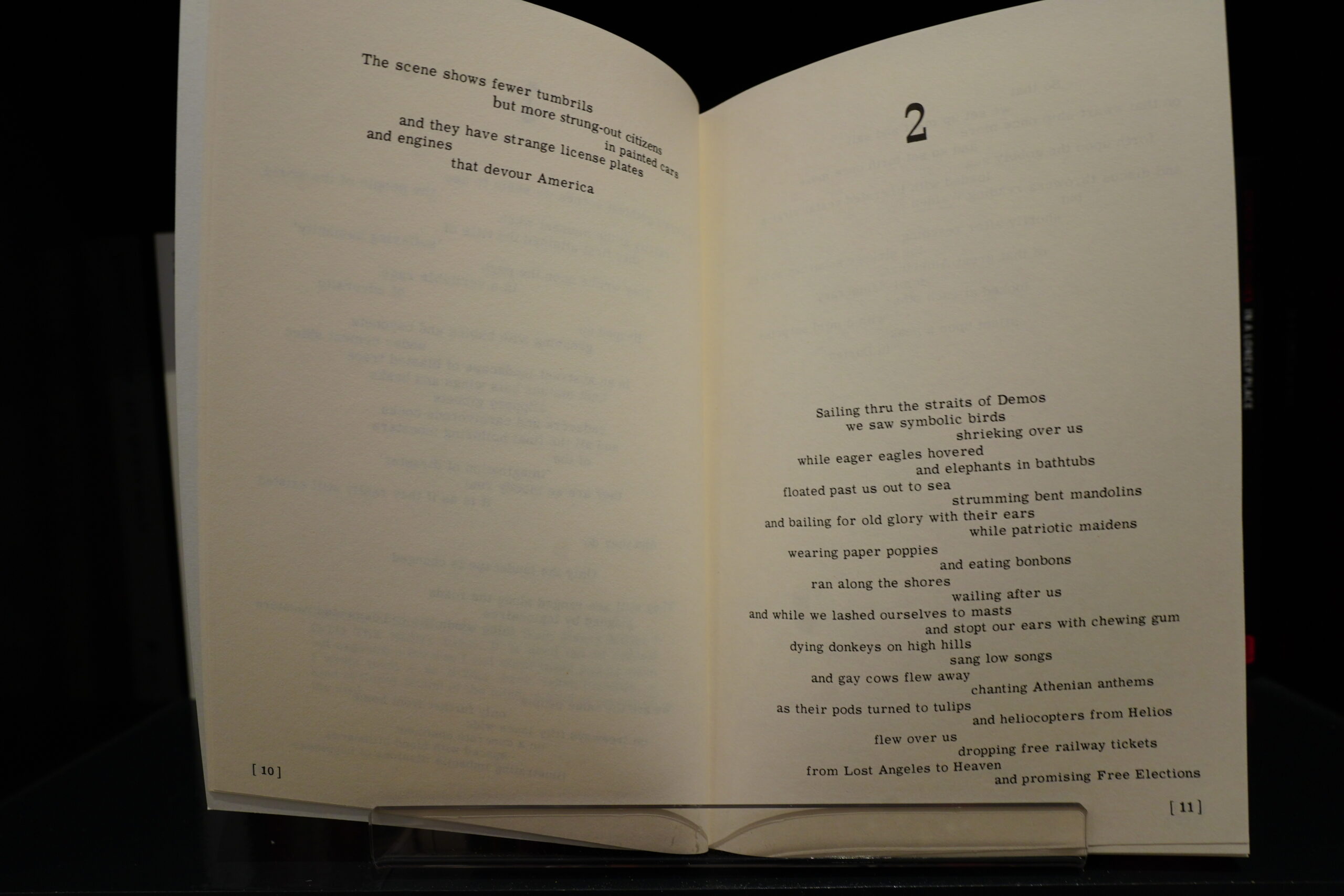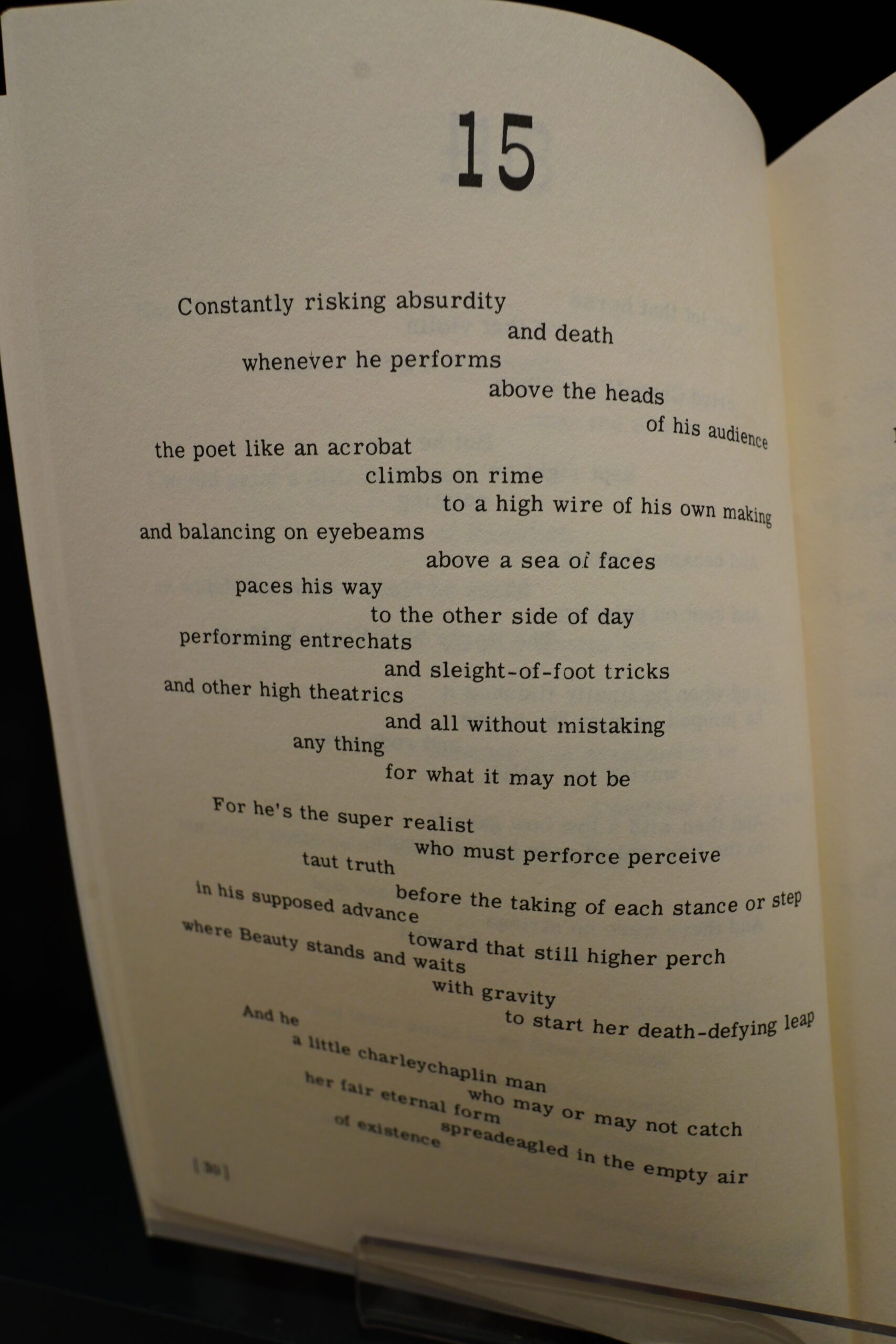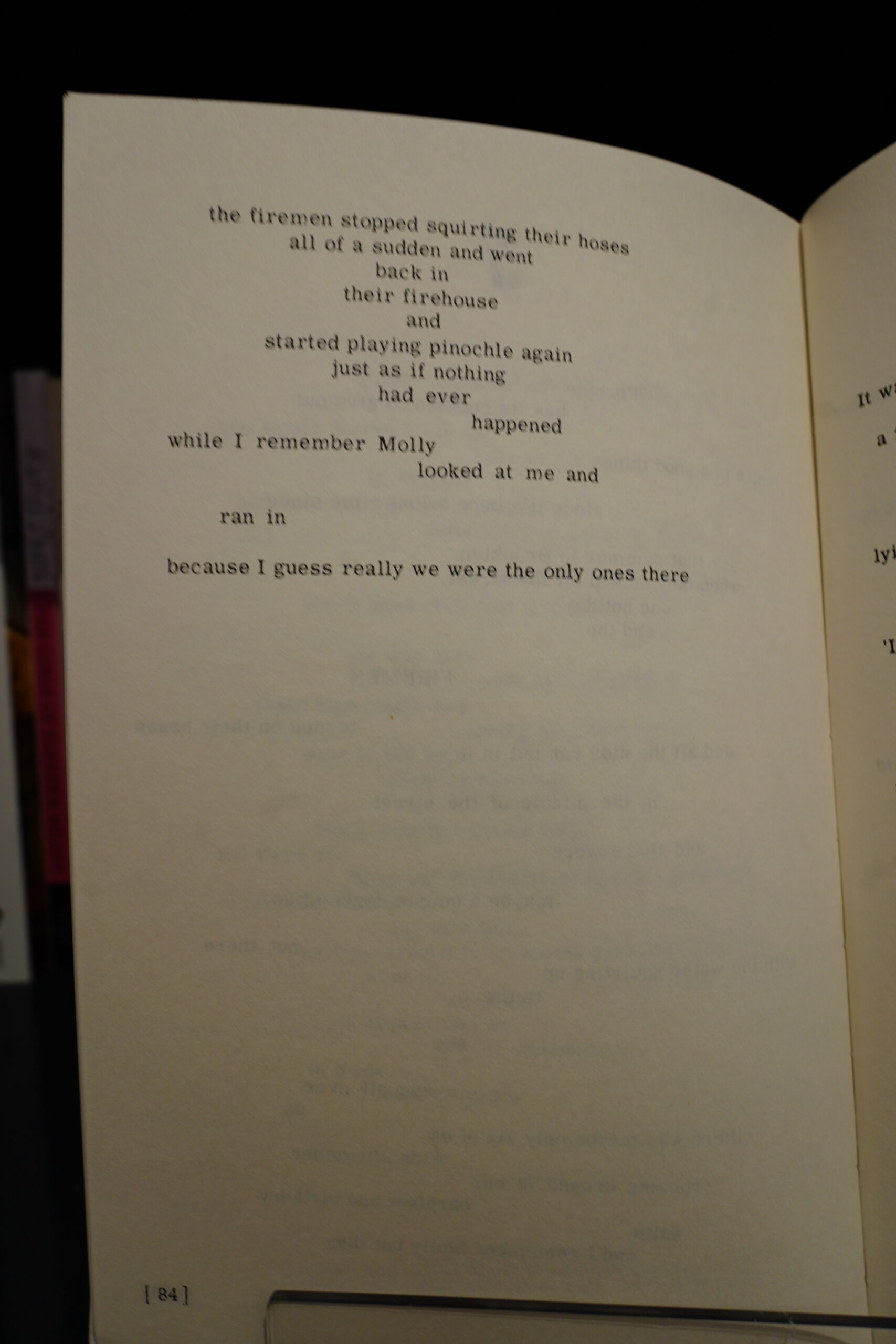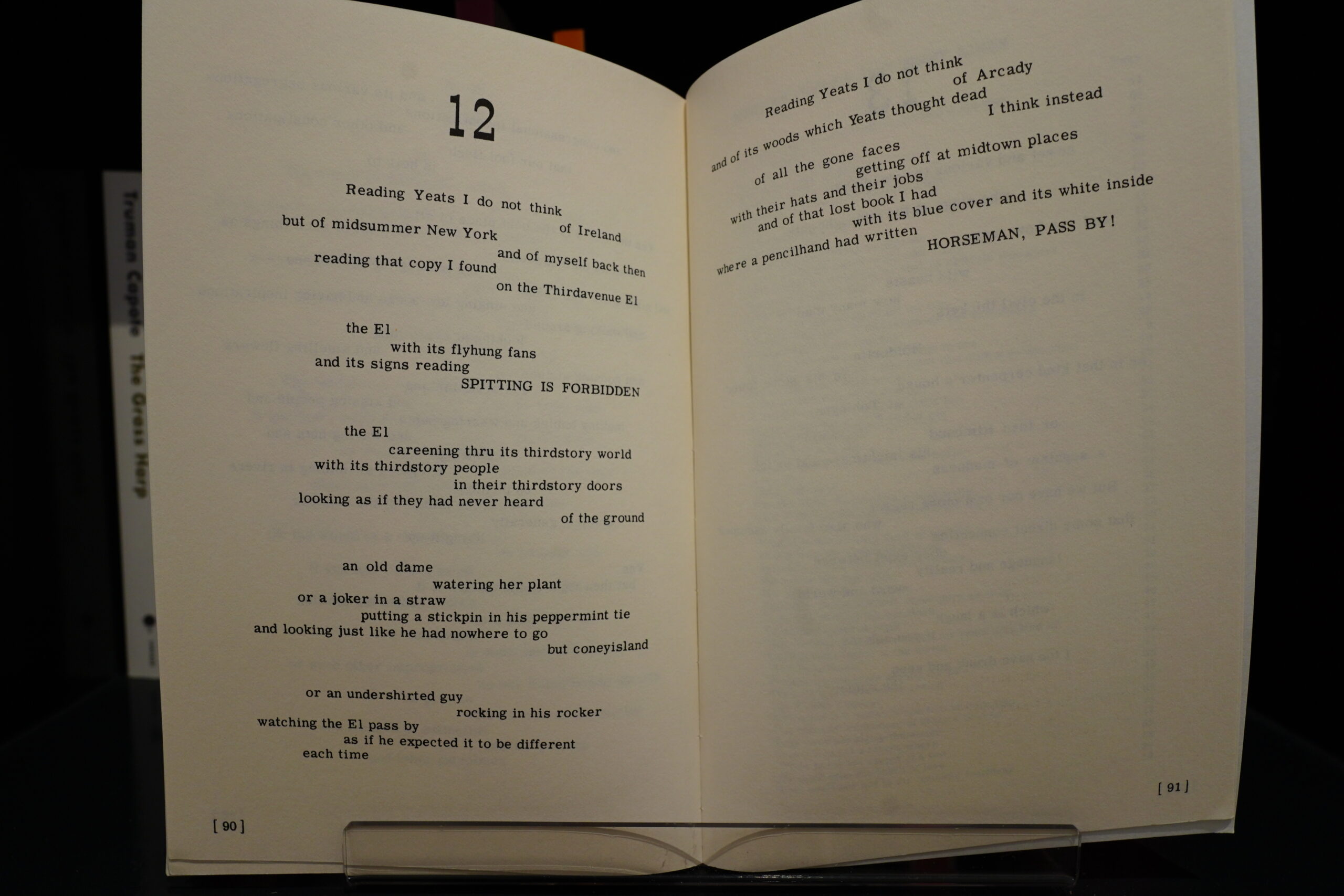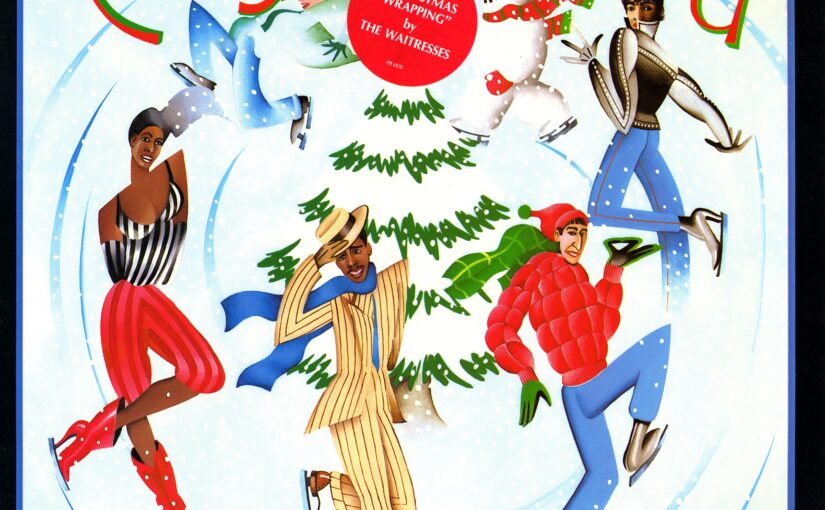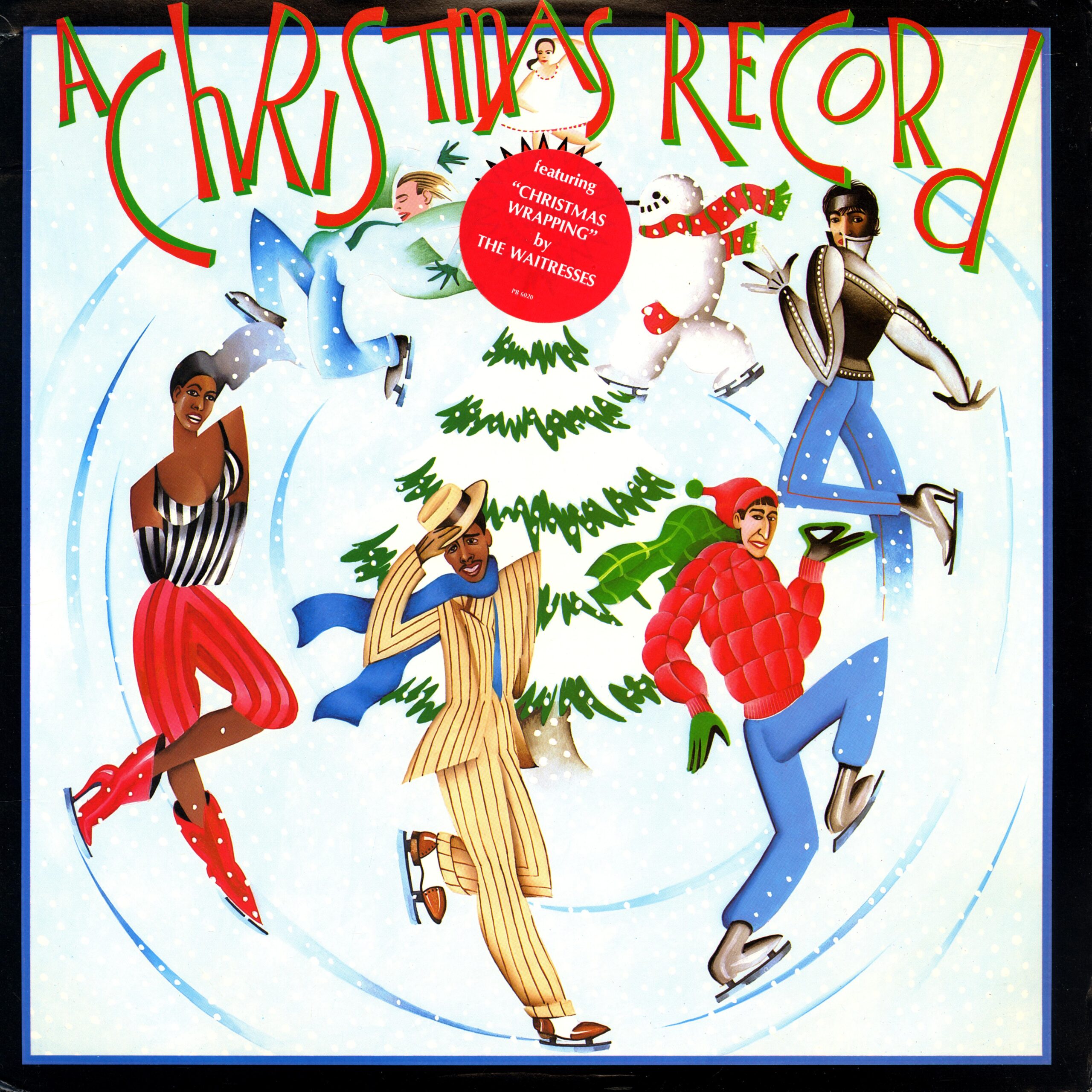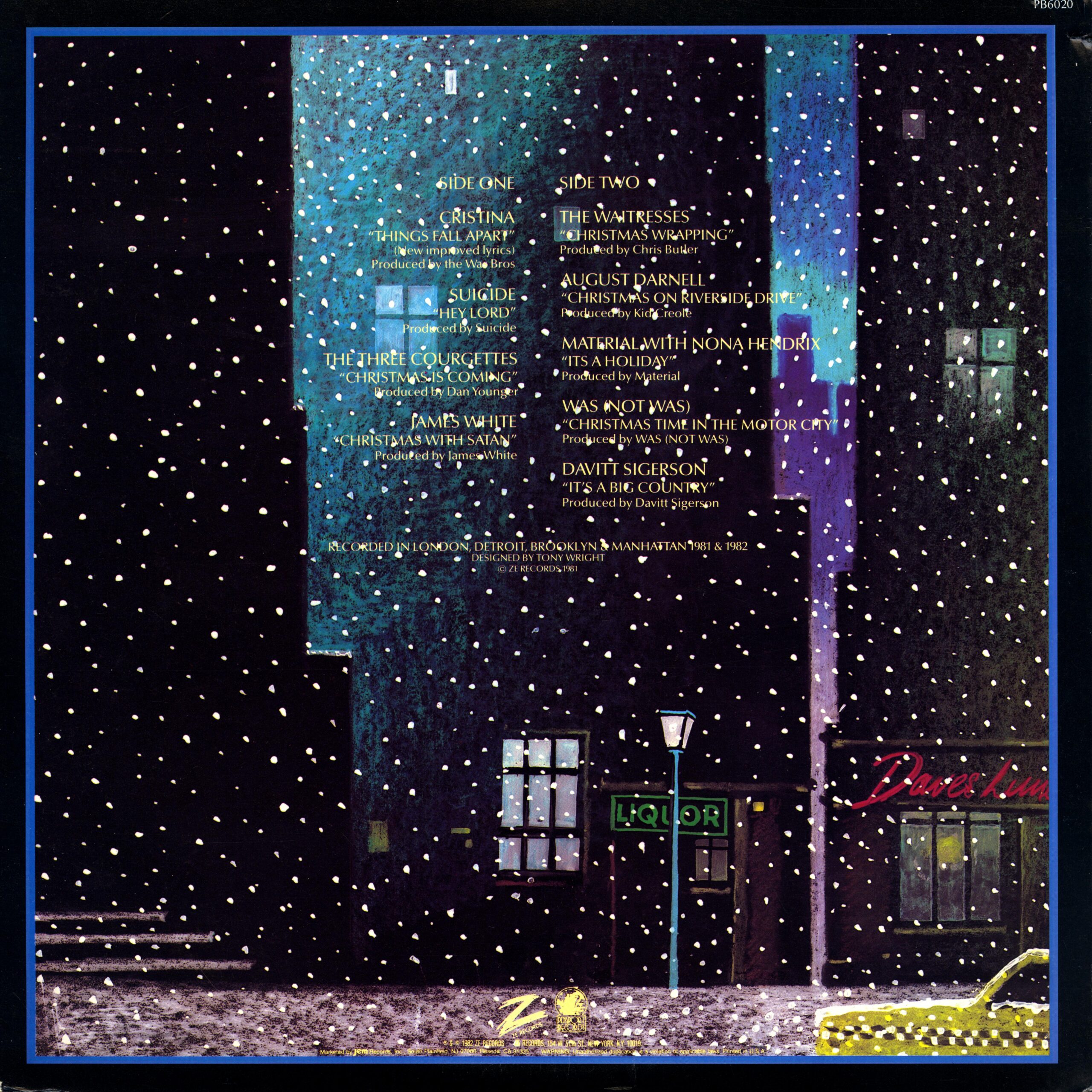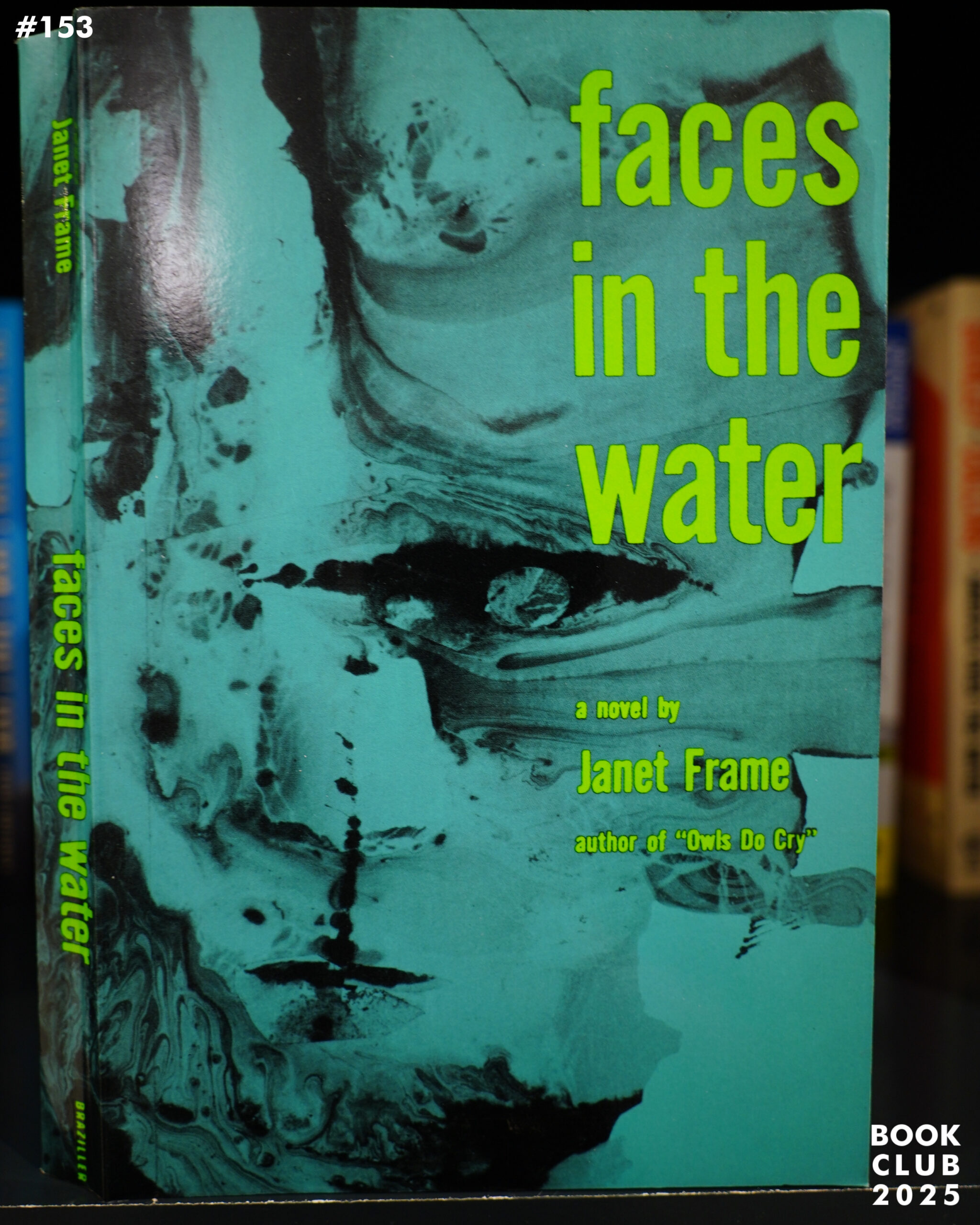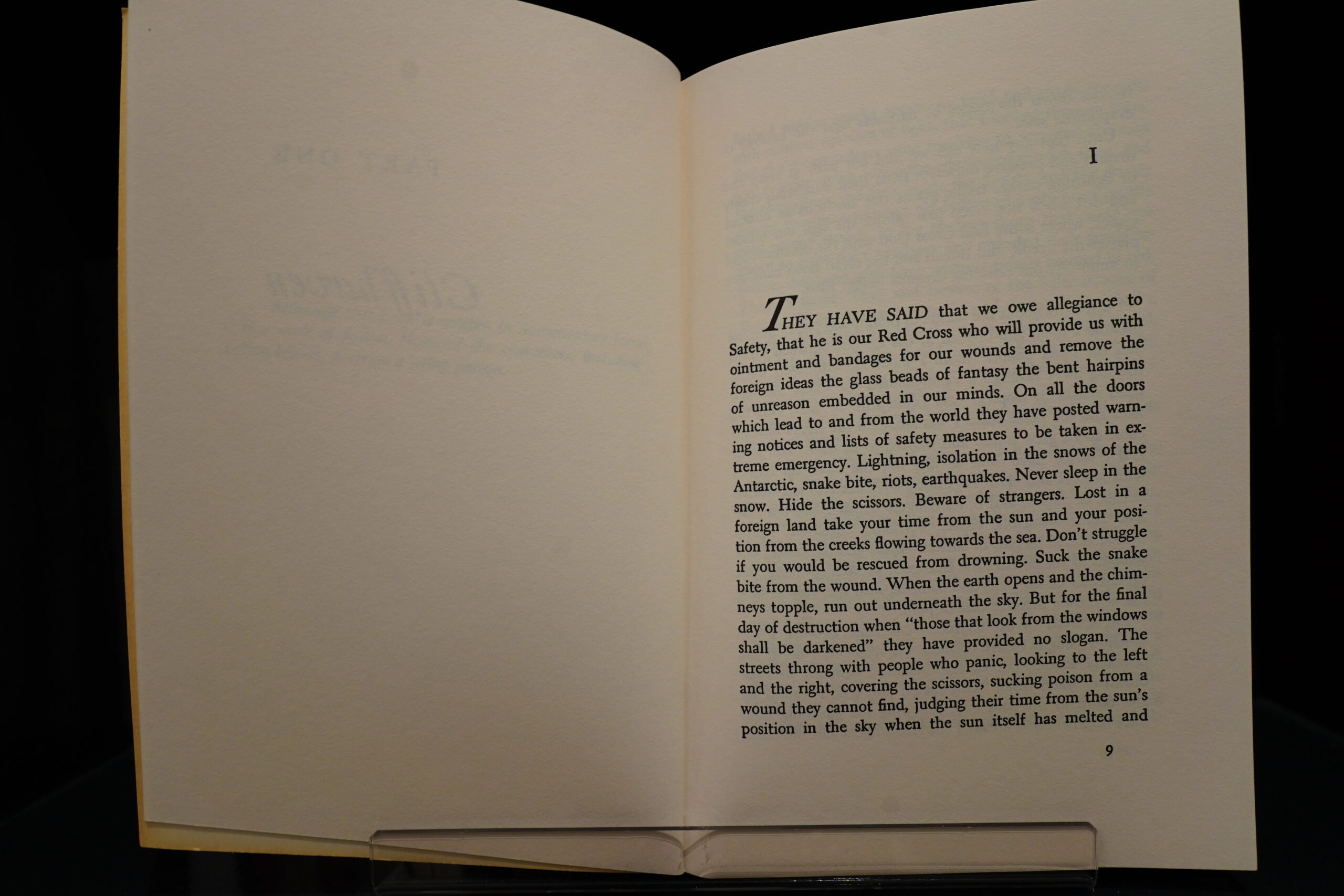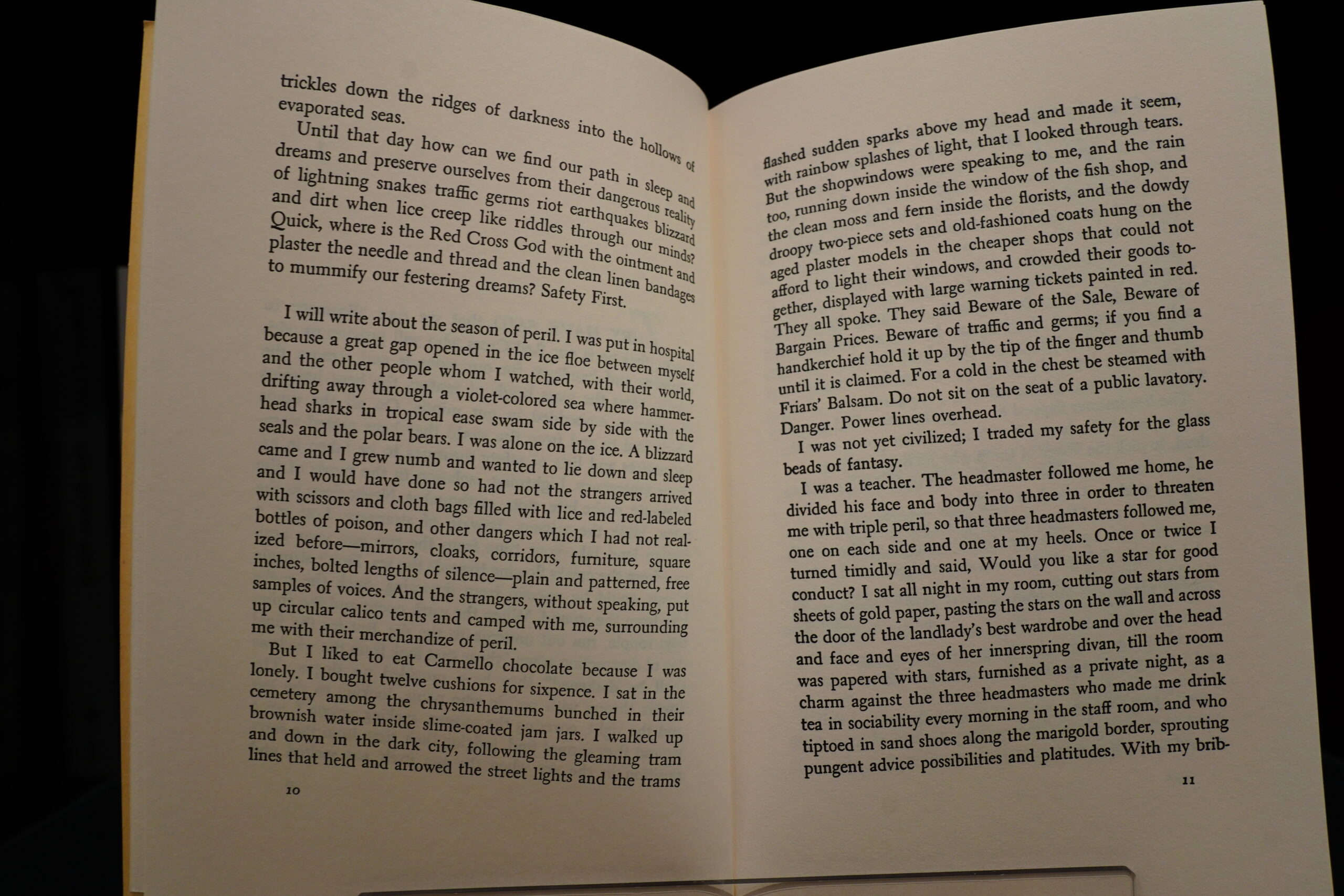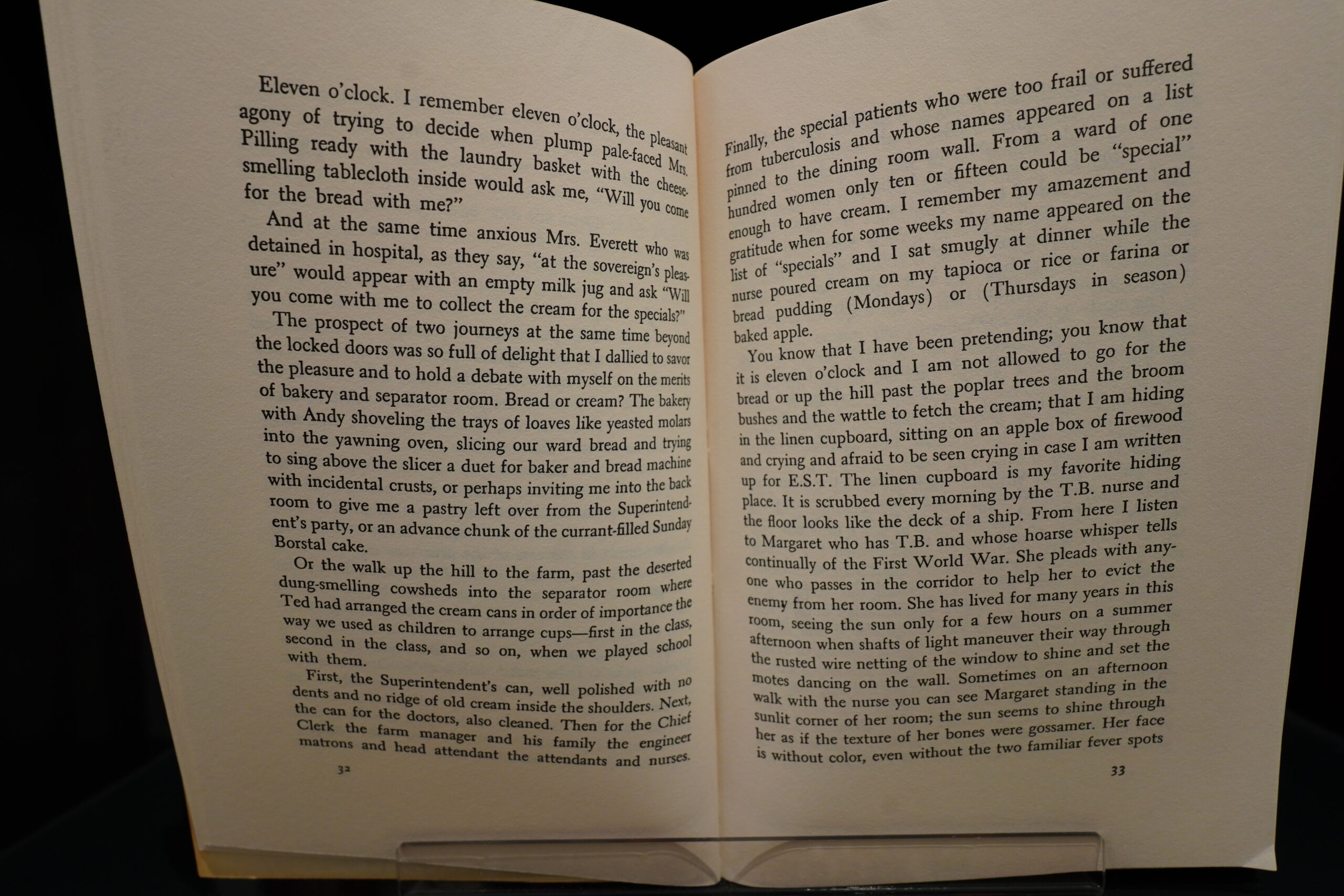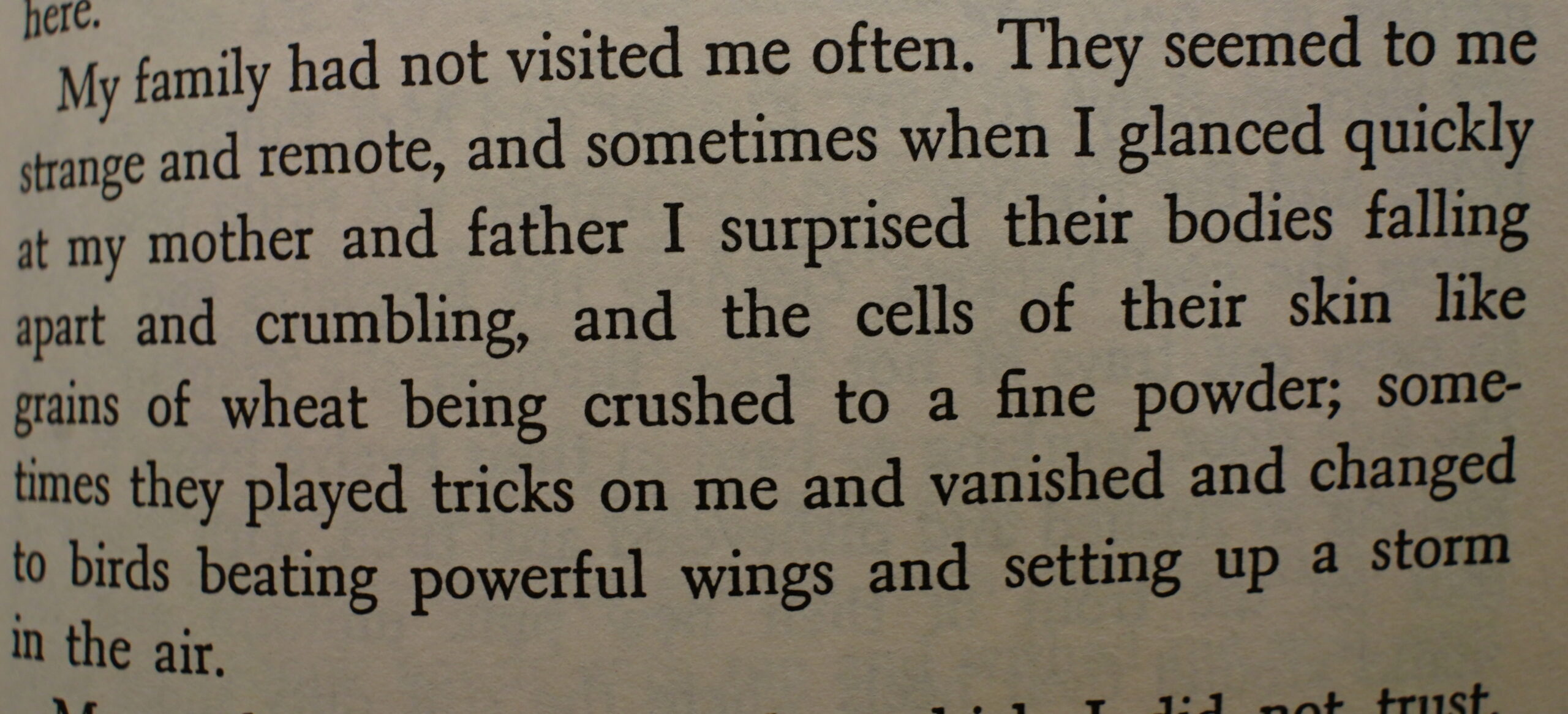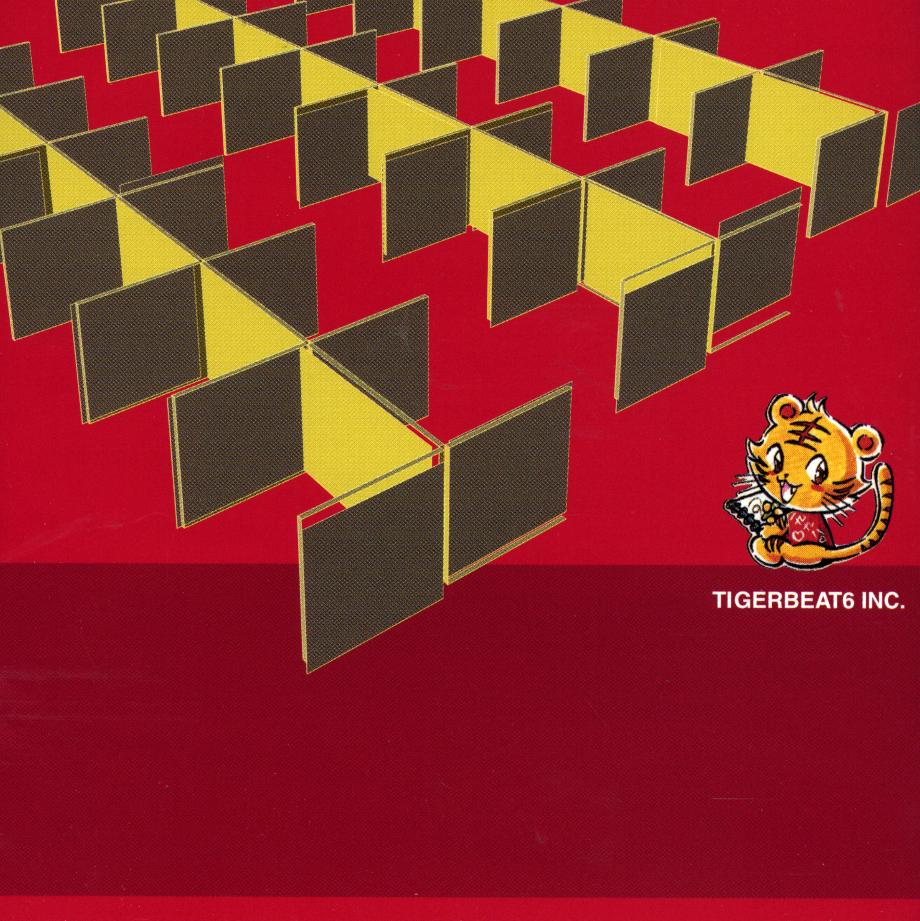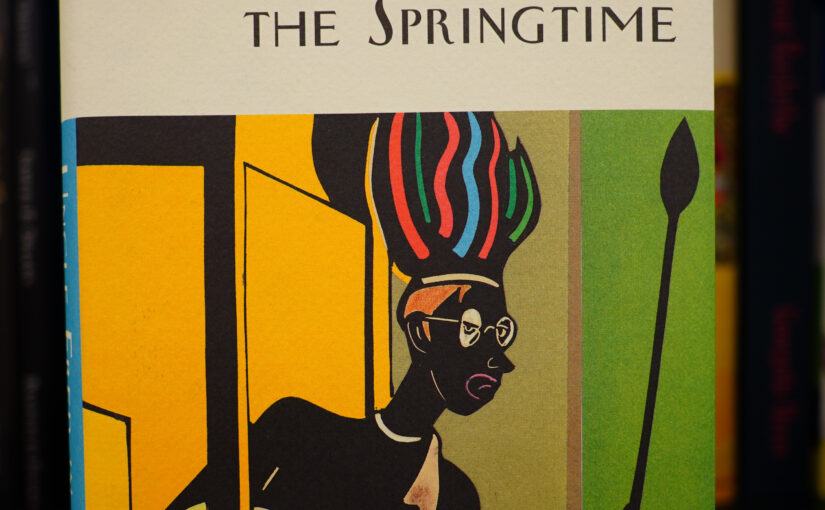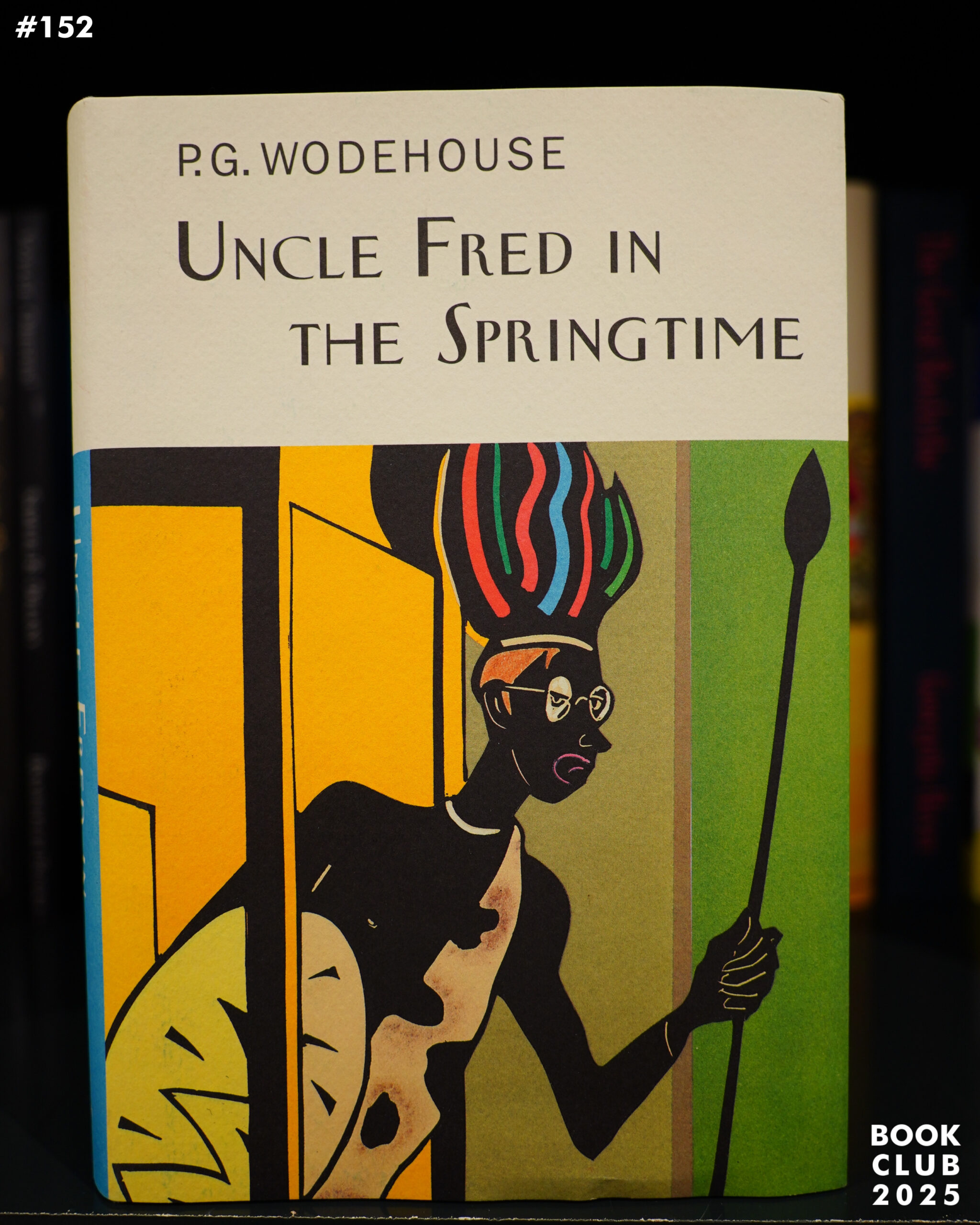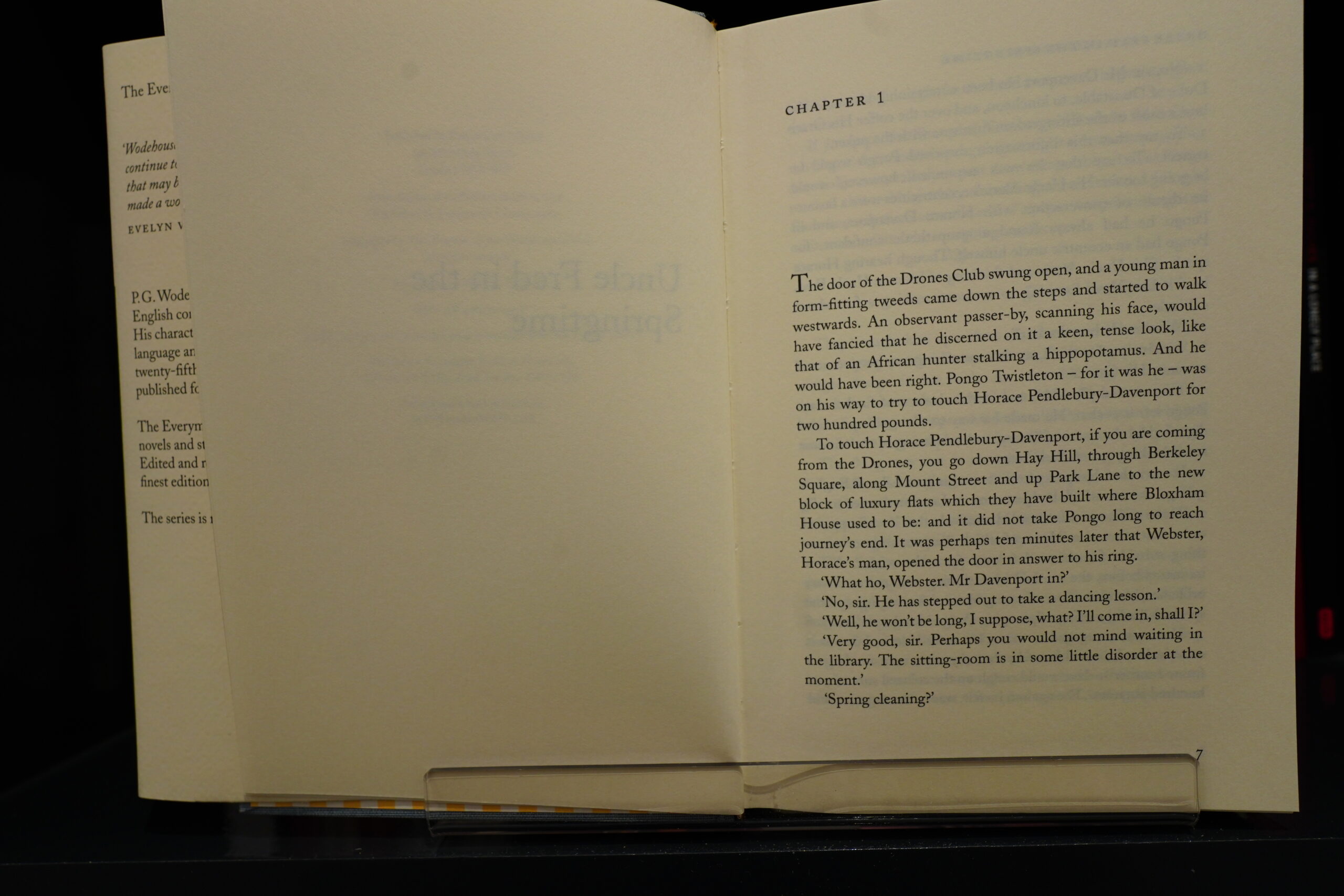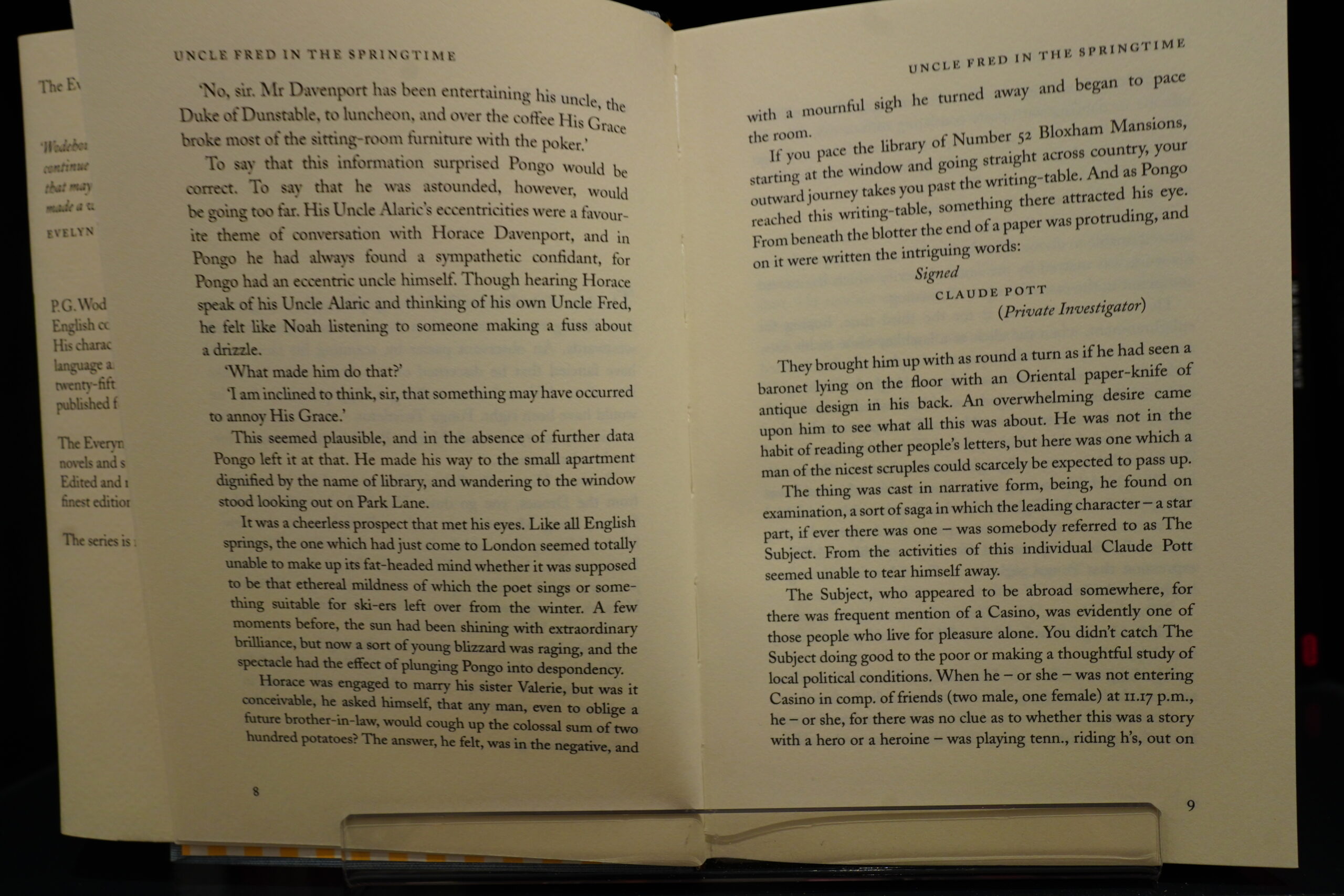I bought this a couple years ago — I was in New York and thought it’d be fun to go down to Coney Island and read this book. Such conceptual! So I went to the Strand and got a copy and then we went down there, and… I kinda forgot to read it.
And… reading it now, I’m not really that taken with it. I know, it’s sold more than a million copies, which has to be some kind of record, I guess. I do like the conscious “hipsterness” of it all — daddy-o and cats — but perhaps you had to be there or something? I can totally see how many of these could have felt very on point (and daring, perhaps) in the 50s.
But many of these are just pure cornball.
(Not that I’m in any way shape or form qualified to talk about poetry.) I did like a few of the poems, like this one:
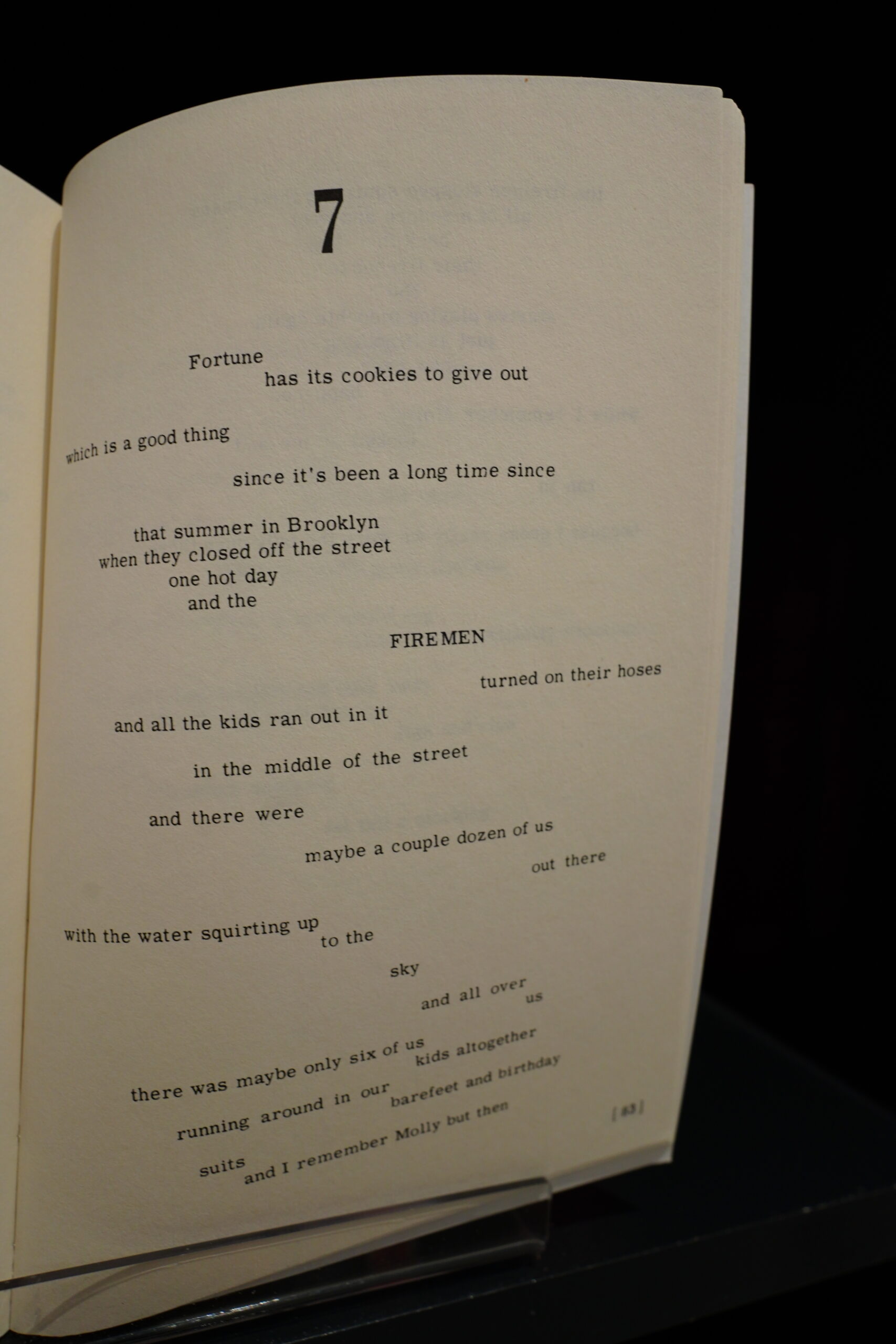
Wistful. Or this one:
Funny, and it’s about Manhattan, which is always a plus.
I’ve read most of the beat poets by now (but it’s been a while with the rest), and either my tastes have changed, or this isn’t as strong as, say, Howl, to take a random example.
A Coney Island of the Mind (1958) by Lawrence Ferlinghetti (buy new, buy used, 4.16 on Goodreads)
